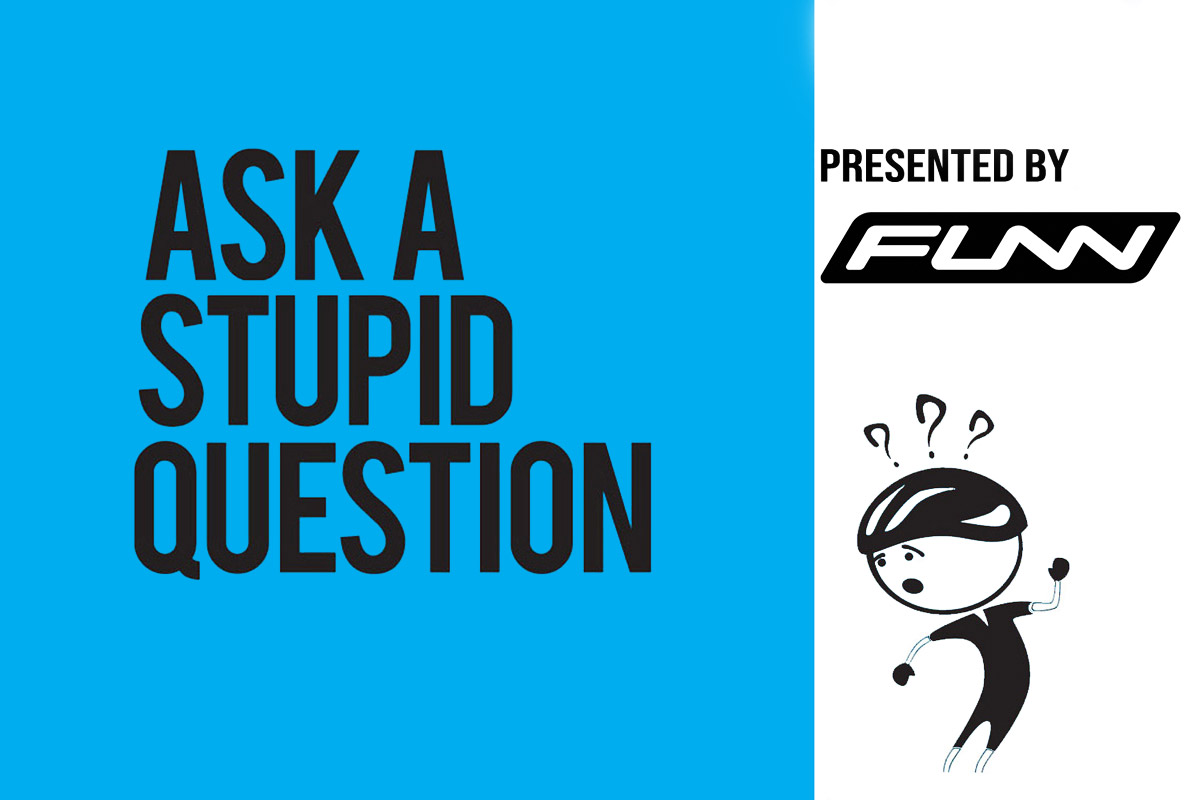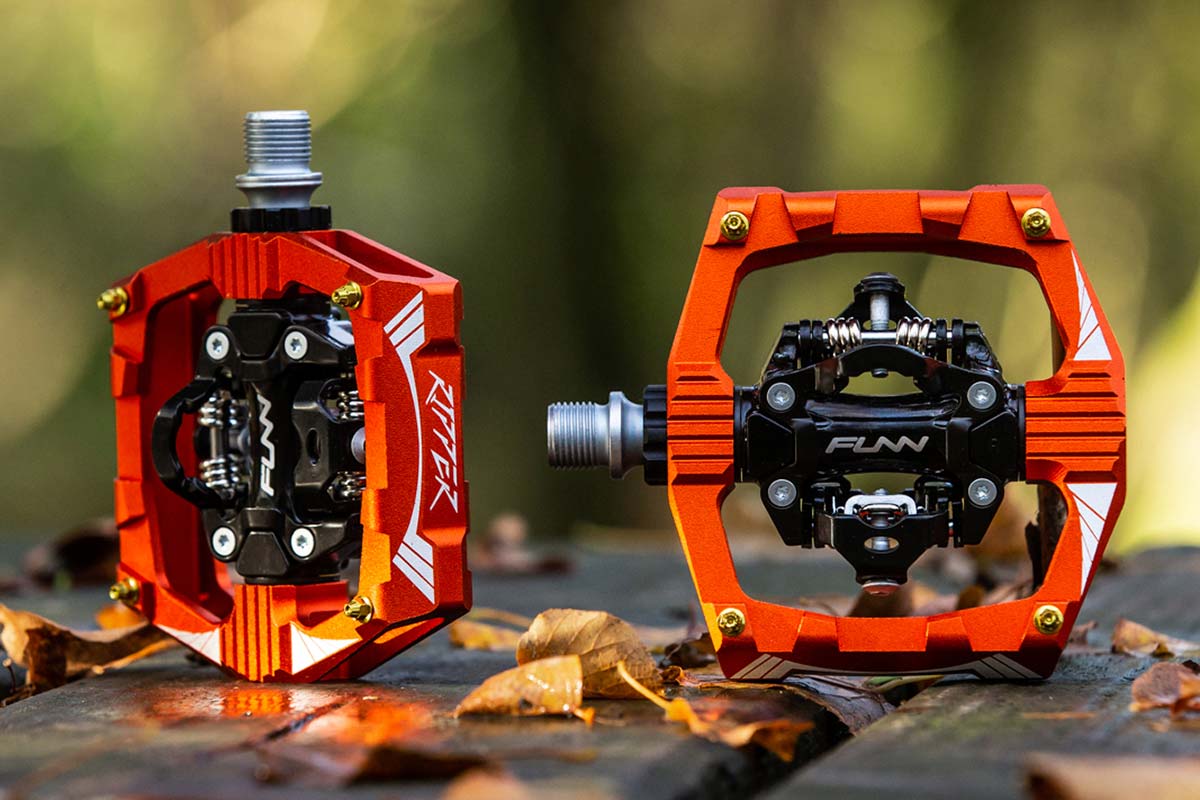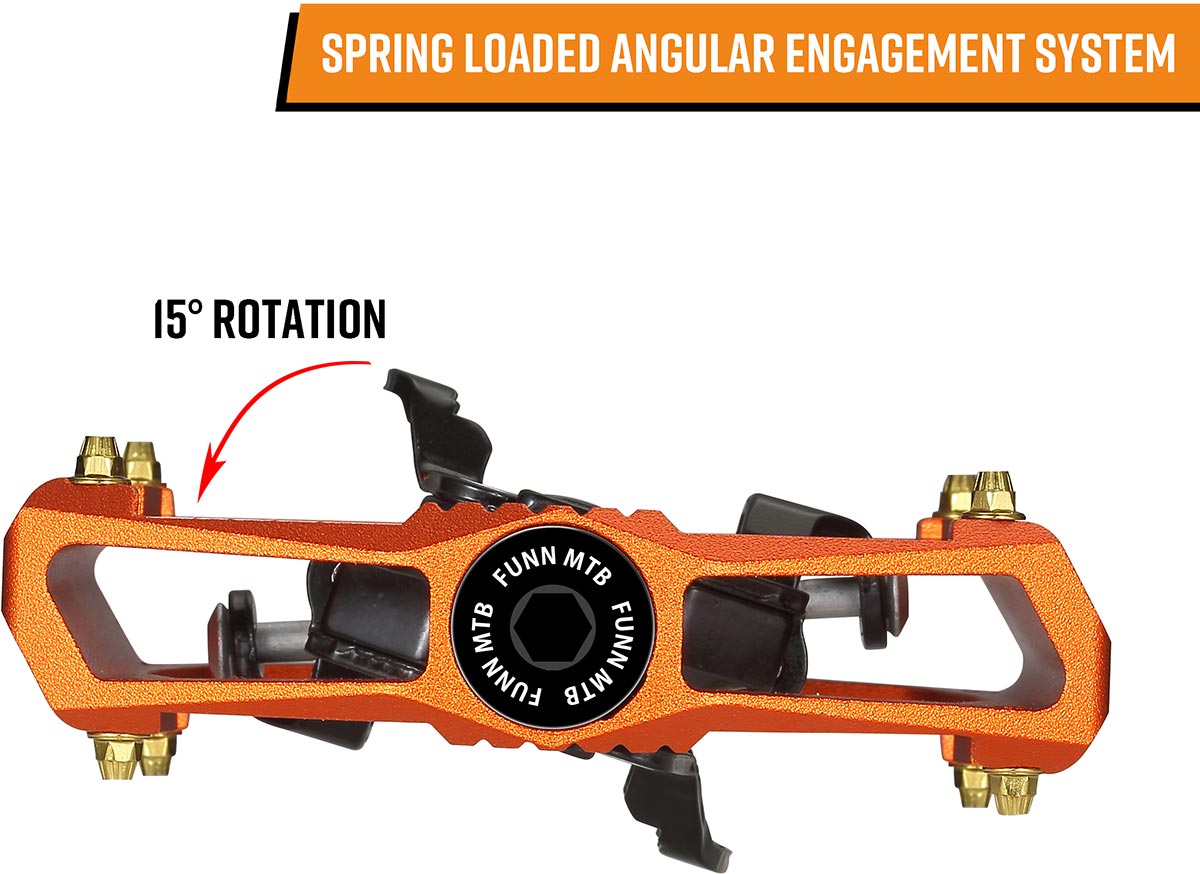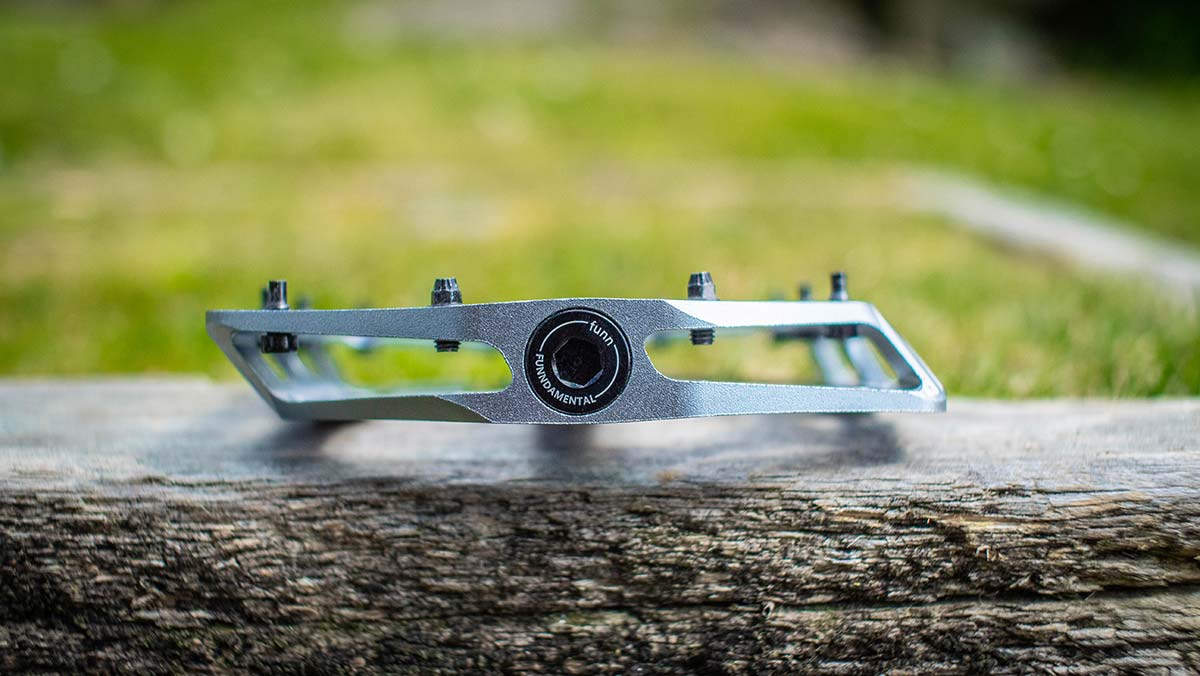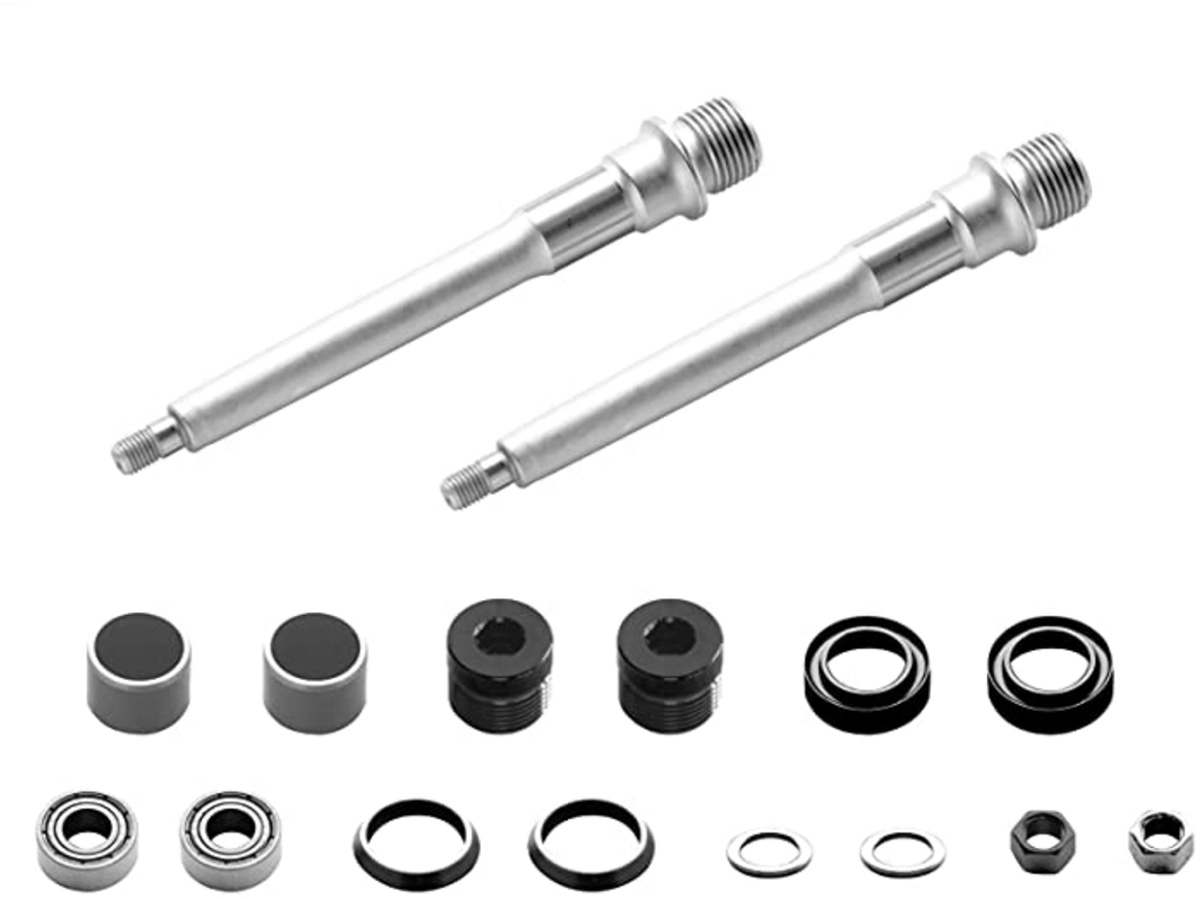We know, there’s no such thing as a stupid question. But there are some questions you might not want to ask your local shop or riding buddies. AASQ is our weekly series where we get to the bottom of your questions – serious or otherwise. This time it’s all about MTB pedals with Funn! Hit the link at the bottom of the post to submit your own question.
MTB Pedals: Clipless or Flats?
What is pedal float?
Funn: A certain degree of free movement before the clip disengages.
Why is pedal float important?
Funn: The best amount of pedal float is a matter of personal preference. Some like to have huge float to allow more freedom of movement before becoming unclipped. Meanwhile, some like to have a firm pedal connection to have better control. It may require some trial and error to find the optimal amount of float for you.
Can I adjust the ease of entry/exit into the Ripper clip? I am new to clipless pedals and I want to be able to unclip really quickly and easily.
Funn: You can loosen the tension screw at the rear end of the clip mechanism. Please be sure to retain enough tension to stay clipped-in and avoid losing the screw.
Is it true that clipless pedals, with their stiffer shoes, have better energy transfer/efficiency than flat pedals, and if so, how big is the gap?
Funn: From our riding experience, we would say yes. Even a stiffer sole would help on the flat pedals. We can’t really say how much the difference is. You can just feel it when switching between different setups.
What is the “spring loaded angular engagement system”? How does it differ to a standard Shimano SPD mechanism?
Funn: The engagement system is still SPD compatible. It has an additional spring loaded mechanism and will tilt upward for easy clip-in.
What’s the longevity of the Ripper clip mechanism? How many riding hours will I get out of them?
Funn: It will depend on the style of riding and the conditions that you are riding in. We do have an axle replacement kit for servicing.
I see the axle protrudes a little inboard of the pedal platform before the threads for the crank arm begin. This will surely produce quite a wide Q-Factor which won’t suit many riders. Do you have any plans to offer a narrower Q-Factor option in the future?
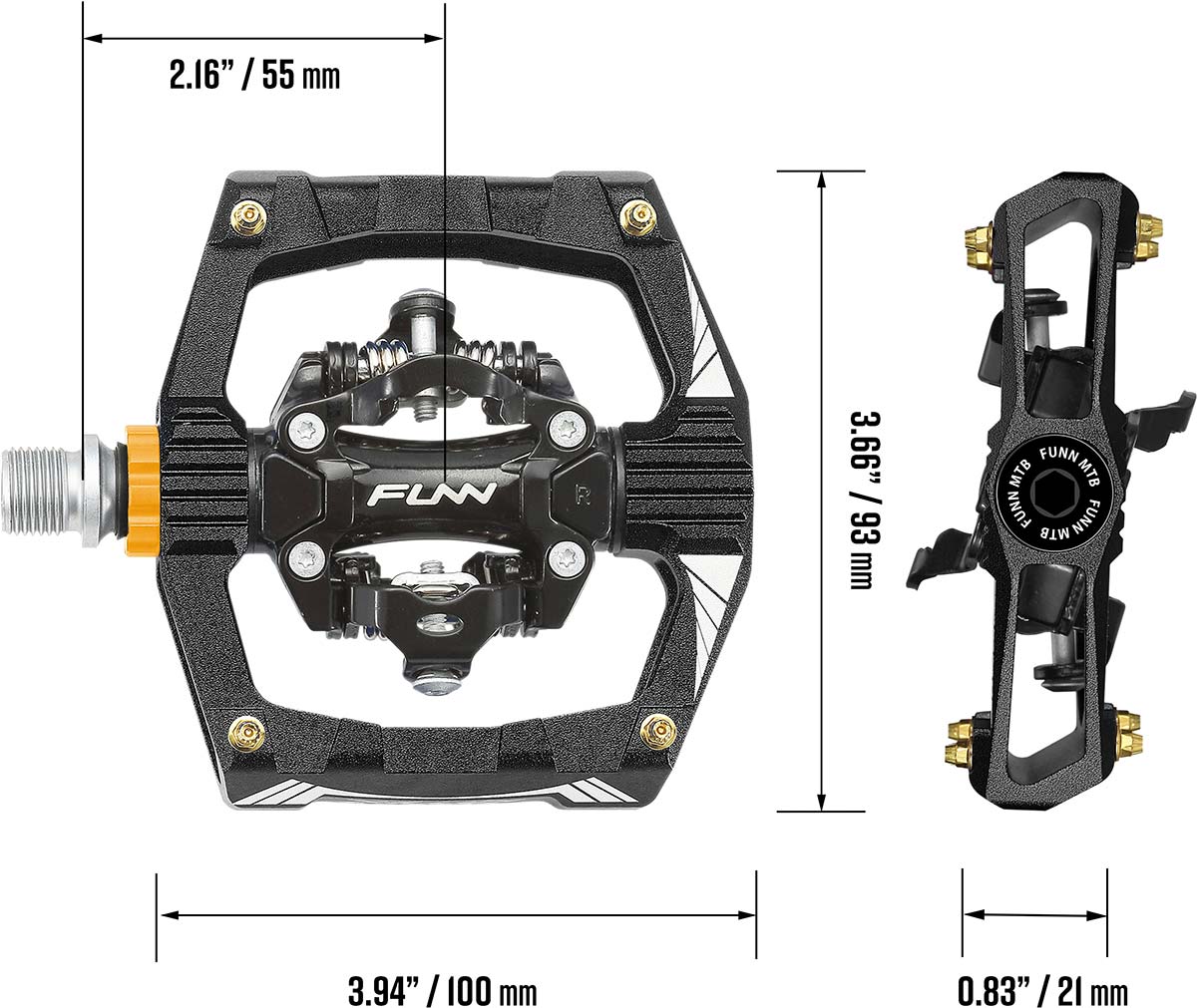
Funn: Yes, we are designing a smaller and narrower Q-factor pedal called the Mamba S which is scheduled to come out in the first quarter of 2021.
Why are the outboard and inboard pins a different design to the pins that sit at the front and rear of the pedal body?
Funn: On the Funndamental pedals, we want to have the ability to adjust pin height with washers and pins protruding from the bottom. However, there’s no bottom entry around the pedal axles. We have to use a different kind of pin in this location.
For a pedal like the Ripper or the Shimano Saint M820, do the pins actually do anything when you are clipped in? Or are they just there to give you some grip if you cannot get clipped in?
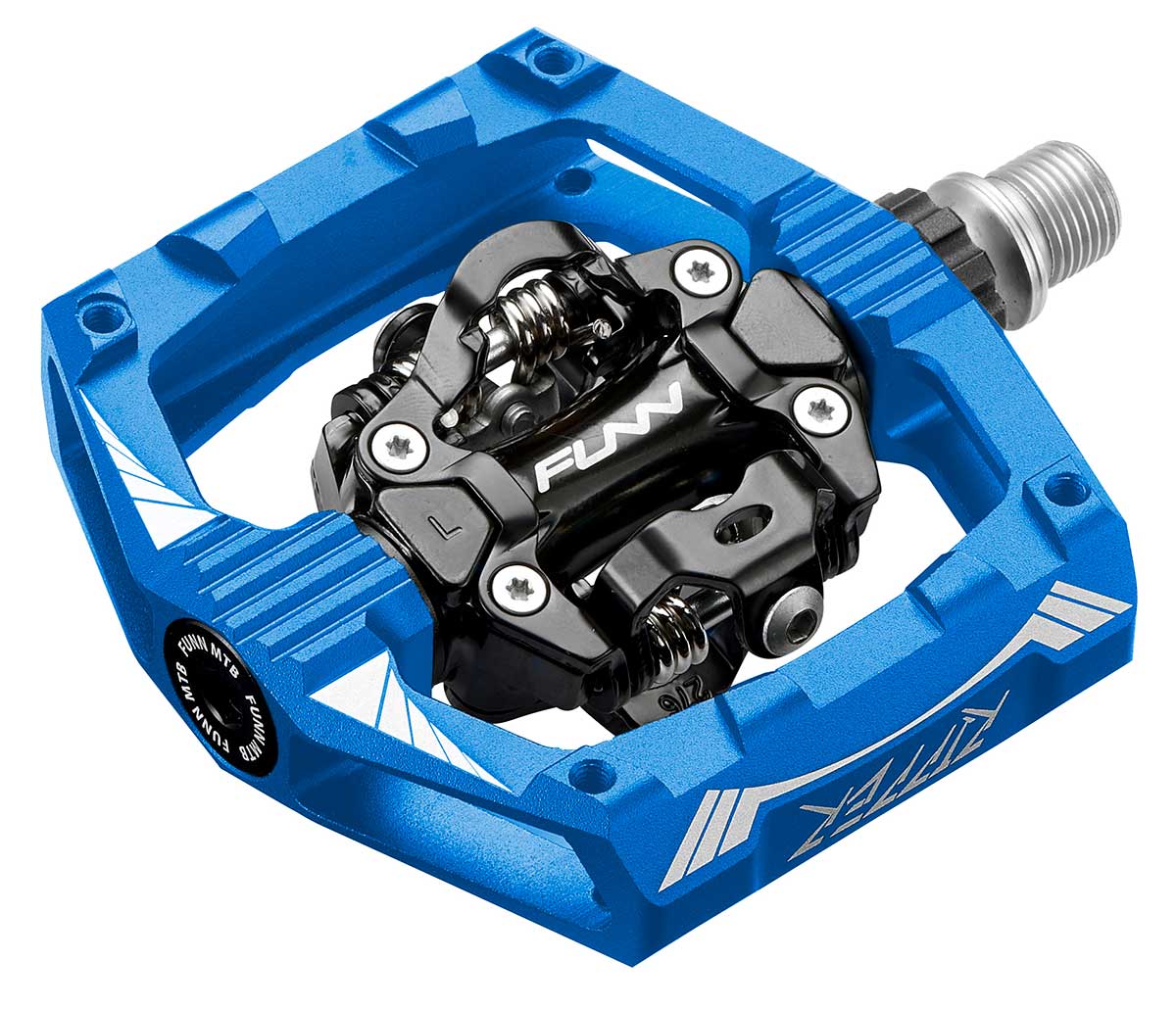
Funn: The Funn Ripper is designed to be ridden clipped in. Some shoes with an upward curved tip do have problems contacting those pins. On the contrary, some riders find it is hard to unclip with those pins installed. You can remove or keep those pins depending on your shoes and how much grip you need.
What shoes do you recommend for use with the Funn Ripper clipless pedal?
Funn: There are a variety of flat pedal style clip-in shoes that are compatible with the Ripper pedal. Some of the examples are:
Five Ten Hellcat, Five Ten Kestrel, Ride Concepts Transition Clipless, Afton Vectal, Specialized 2FO clipless and many others from Leatt and Giro.
I use clipless pedals during the race season and flat pedals in the off-season. In my flat pedals (across three brands), I see a lot of variation in pin placement and pin type. Some pins are straight/smooth metal while others just look like long screw threads protruding out the opposite side. What is the benchmark for the type and number of pins used for the different flat pedals?
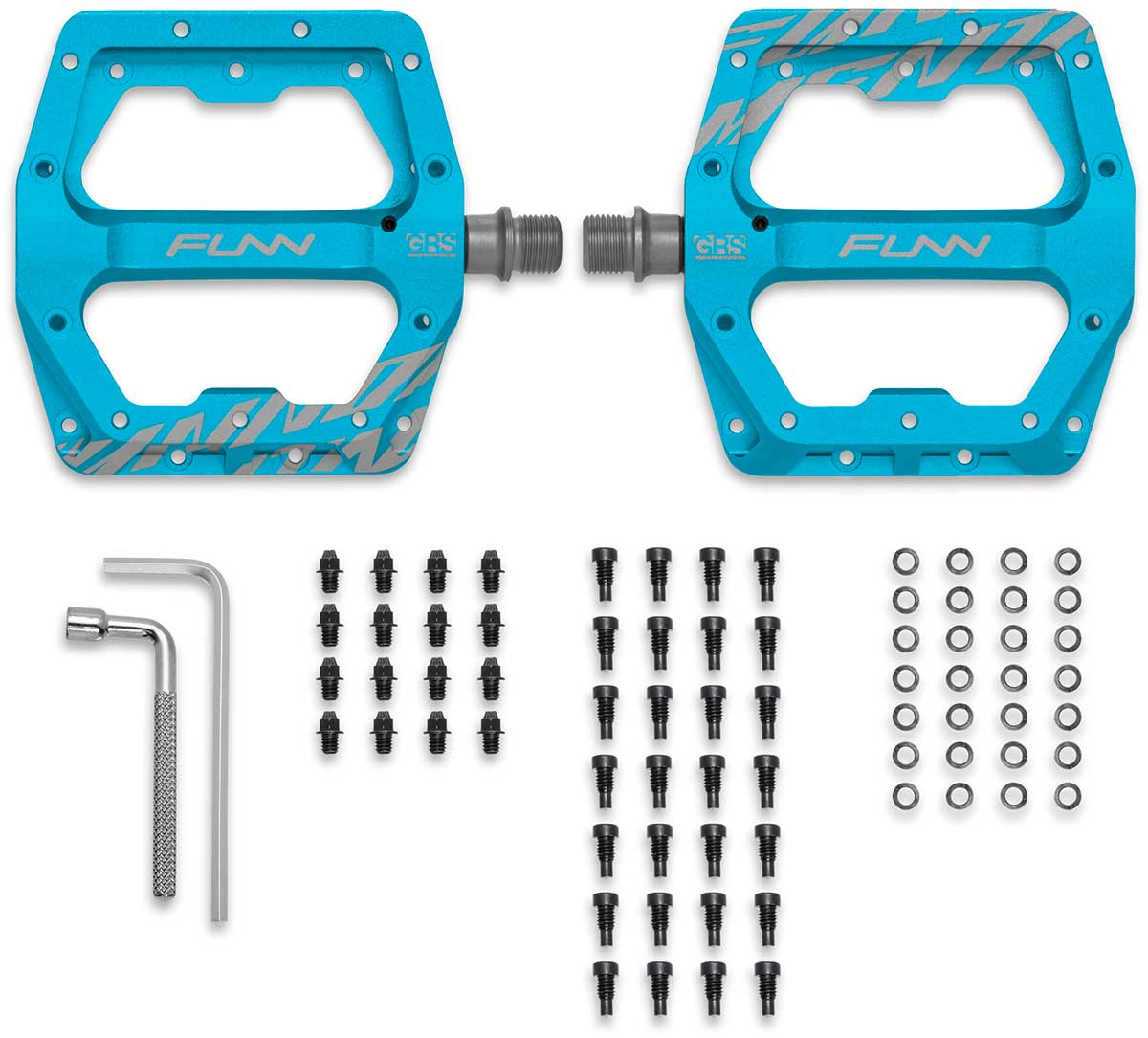
Funn: Every brand has a different take on the design of the platform and the pin placement. Most of the time it is to deal with the contact point issue between the sole of the footwear and the pedal itself. Funn designed pin placement to ensure an optimized contact point without making riders feel trapped on the pedal.
Is there any grip advantage to be gained from using pedal pins that are threaded at an angle offset to 90 degrees? I see the pins at the front of Yoshimura’s Chilao pedal face rearward for claimed improved traction.
Funn: We are not in any position to comment on other brands’ products. From our point of view, the rearward facing pins could have an advantage. Since the front end of shoes is usually curved upward, the rearward facing pins allows the shoes to have more vertical contact. However, the manufacturing cost is higher to drill the non-vertical holes.
Can you explain the differences between the Funndamental, Python and Black Magic flat pedals? The price varies massively. What benefits am I getting when I pay more for the Funndamental?
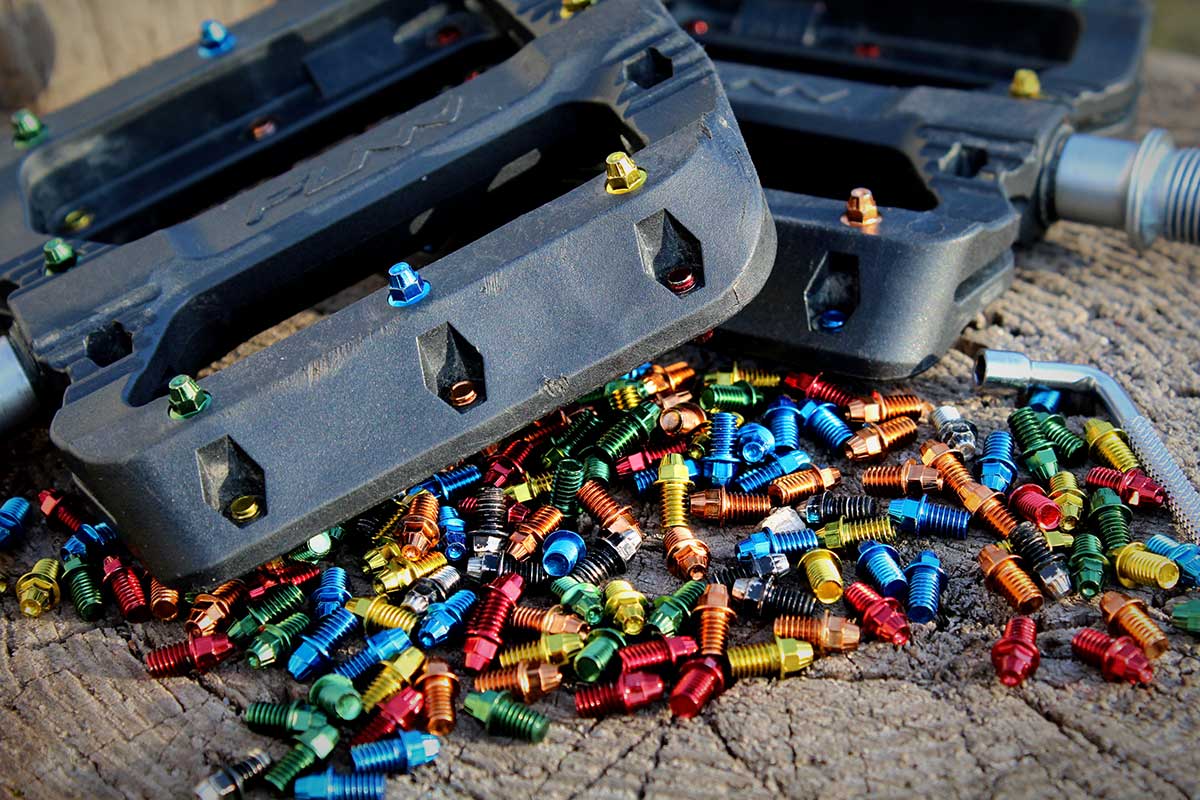
Funn: The Python is for people who is looking for a low profile kind of pedal, whereas the Black Magic is a budget choice. Its nylon composite body is cost effective, yet still robust enough for daily abuse. The Funndamental is really to address the needs of some of the riders that we work with who have a long wishlist of features that they like to have in the pedals – we produced it to their design requirements.
Why is the Funndamental MTB pedal only offered in one platform size? I see many other brands now offering two platform sizes for some of their flat pedals, matching them up with shoe size. Is there an optimal shoe size range for the Funndamental pedal or do you think it will work well with all sizes, including a UK 4?
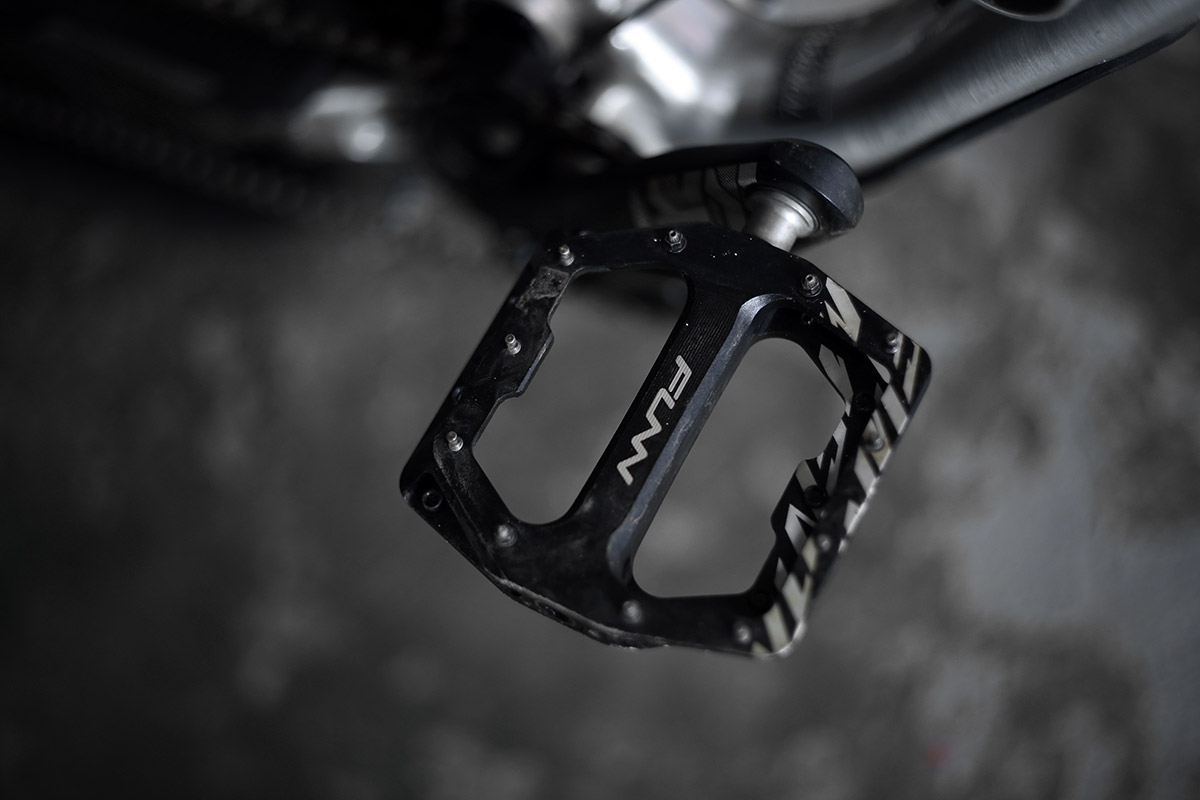
Funn: Funndamental is designed for the average male rider’s shoes. The UK 4 is probably too small to have a good grip. We will work on a smaller Funndamental.
Are the pins on your flat MTB pedals replaceable?
Funn: Yes
Can I adjust the height of the pedal pins?
Funn: On the Funndamental model, you can reduce the pin height by 1mm with the washers supplied with the pedals.
What’s the best way to remove a bent pedal pin without destroying the threads of the pedal body?
Funn: There is no best way as the condition of the pins are different in every case. Sometimes a good pair of pliers will do the job of turning the pin. However, the best way is still prevention. A regular check on the condition pre-ride is still the best solution to this.
Are the bearings and bushings on your MTB pedal axles replaceable, and if so, do I need any special tools?
Funn: Bearings and bushings are replaceable. The bearing can be removed with a screw and washers. The bushing would require a special puller and presser.
Flat pedals are great. The pins digging into shins is not. While pins offer traction, the next revolution of pedal has to be pins done safely, or a pedal that provides traction without the pins. That would be the winning pedal. We all crash, even the pros. Simply ignoring the shin scrapes seems to be the easy way out. What is Funn’s opinion on this?
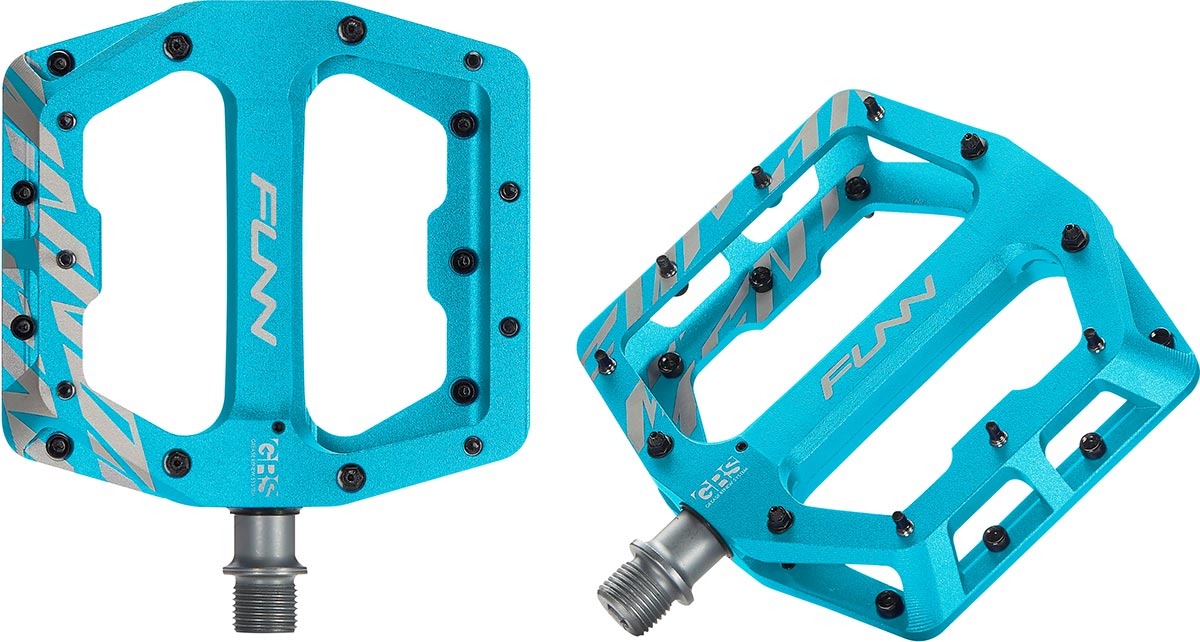
Funn: We did notice this problem with pins. We had a project that uses sand paper to replace pins for generating traction. However, the sand paper cannot provide the same level of grip. We will continue to search for an alternative solution.
Thanks to Dominic Loh for helping us get all the answers above! Got a question of your own? Click here to use the AASQ form to submit questions on any cycling-related topic of your choice, and we’ll get the experts to answer them for you!
